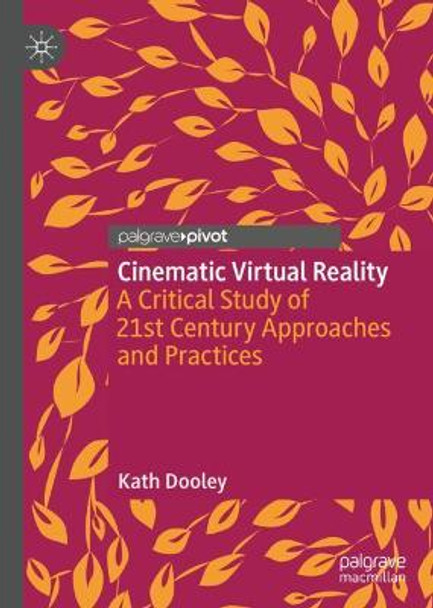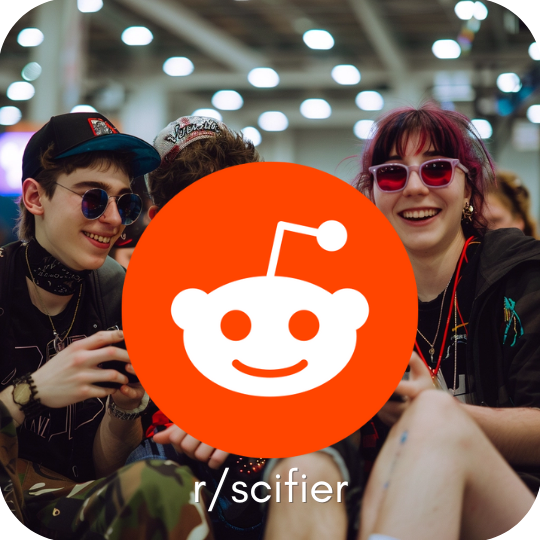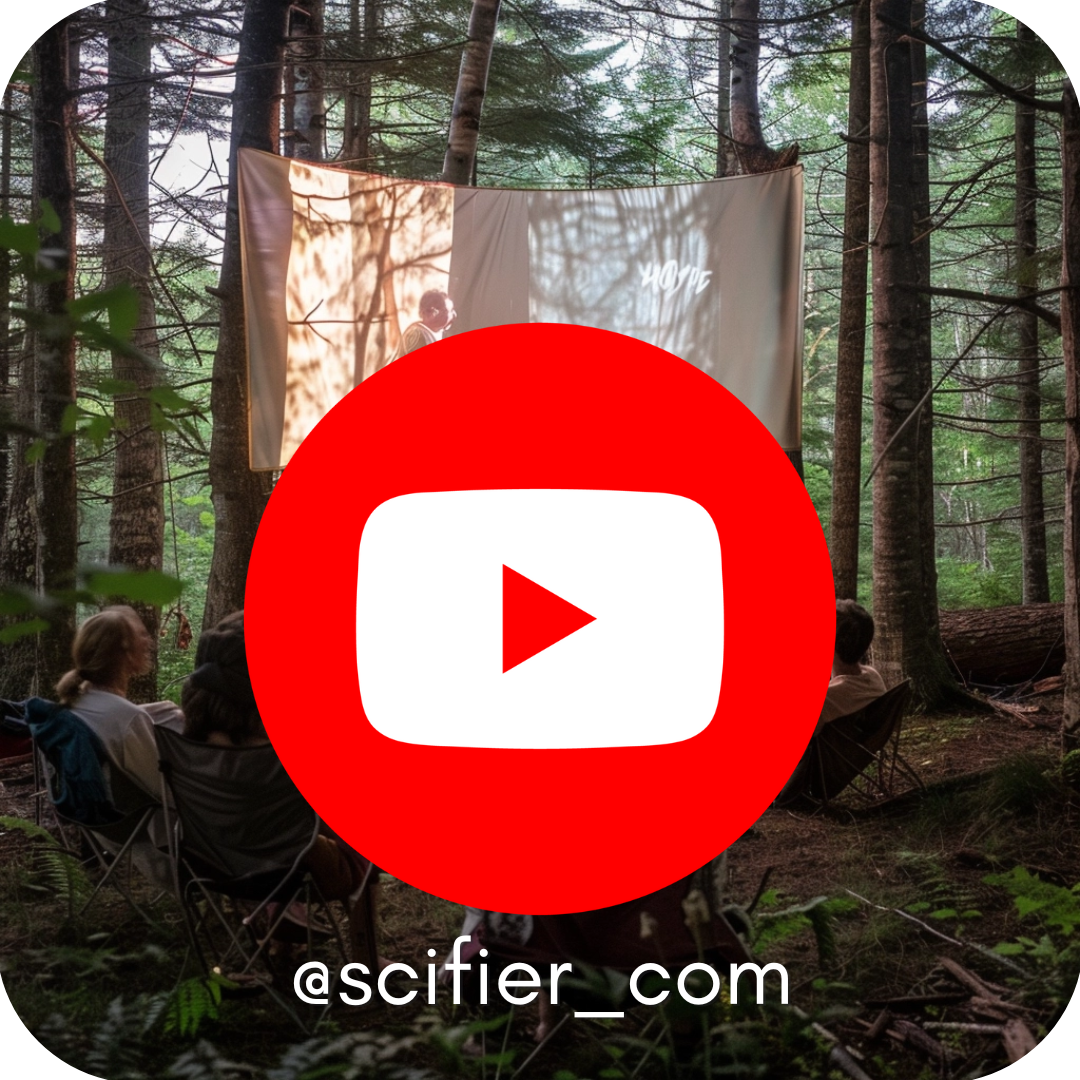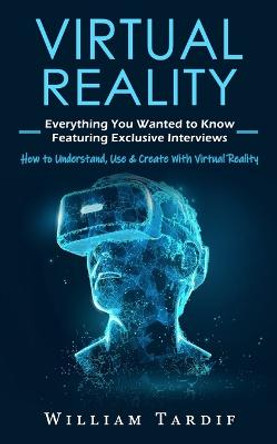Description
With reference to traditional film theory and frameworks drawn from fields such as screenwriting studies and anthropology, this book explores the challenges and opportunities for both practitioners and viewers offered by the 360-degree storytelling form. It focuses on cinematic virtual reality (CVR), a format that involves immersive, high quality, live action or computer-generated imagery (CGI) that can be viewed through head mounted display (HMD) goggles or via online platforms such as YouTube. This format has surged in popularity in recent years due to the release of affordable high quality omnidirectional (360-degree) cameras and consumer grade HMDs. The book interrogates four key concepts for this emerging medium: immersion, presence, embodiment and proximity through an analysis of innovative case studies and with reference to practitioner interviews. In doing so, it highlights the specificity of the format and provides a critical account of practitioner approaches to the concept development, writing and realisation of short narrative CVR works. The book concludes with an account of the author's practice-led research into the form, providing a valuable example of creative practice in the field of immersive media.
About the Author
Kath Dooley is a filmmaker and academic in the Discipline of Theatre, Screen and Immersive Media at Curtin University, Western Australia. She co-edited The Palgrave Handbook of Screen Production published by Palgrave Macmillan in 2019.
Book Information
ISBN 9783030721466
Author Kath Dooley
Format Hardback
Page Count 146
Imprint Springer Nature Switzerland AG
Publisher Springer Nature Switzerland AG
Weight(grams) 454g
Details
Subtitle: |
A Critical Study of 21st Century Approaches and Practices |
Imprint: |
Springer Nature Switzerland AG |










